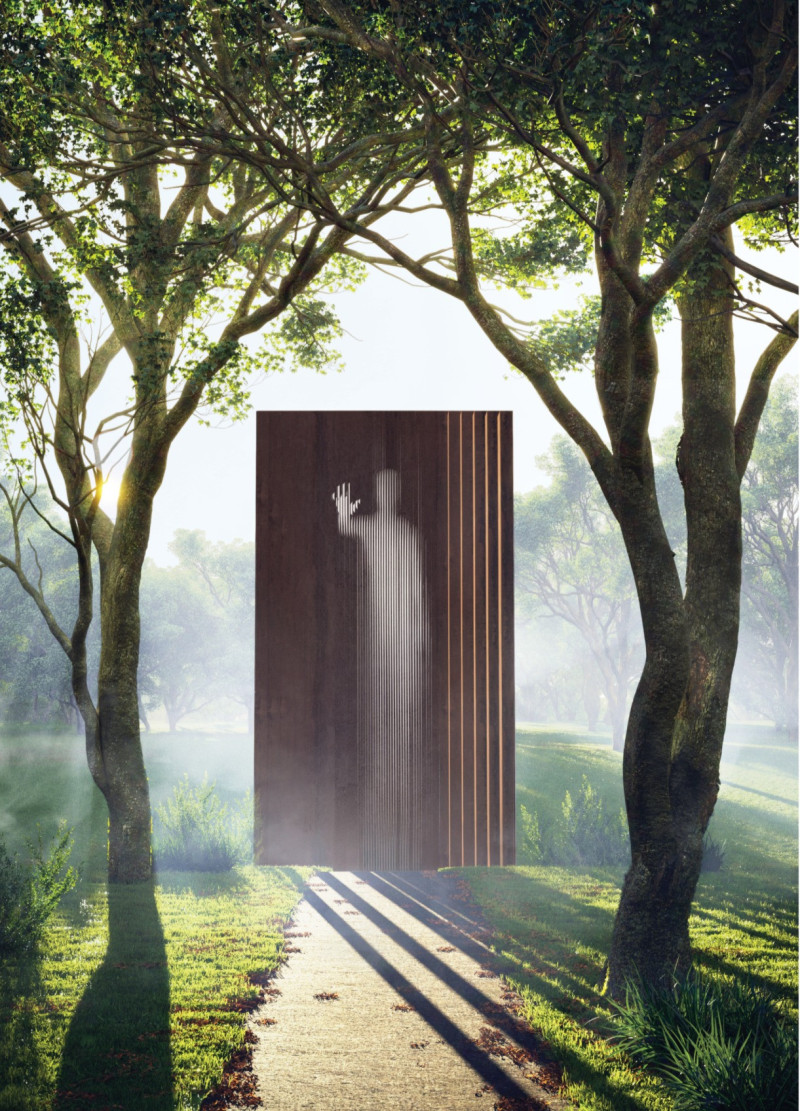5 key facts about this project
The Katyn Memorial is an architectural project located near the Katyn Museum in Warsaw, Poland. It serves as a tribute to the Polish officers and intellectuals executed during the Soviet invasion of Poland in 1940, specifically the tragic events surrounding the Katyn massacre. The design creates a space for remembrance and reflection, honoring a significant moment in Polish history. Through its architectural form and material choice, the memorial prompts visitors to contemplate the weight of historical memory and its implications for the present and future.
Utilizing a series of vertical columns, the design conveys themes of memory and absence. These columns, constructed from Corten steel, vary in height and are arranged in a manner that leads visitors along a defined pathway. This layout not only directs movement through the memorial but also symbolizes the lives lost and the void created in society. The use of Corten steel provides a weathered appearance, emphasizing the passage of time and the endurance of collective memory. Additionally, the incorporation of glass panels allows for interaction with light, creating a dynamic environment that further engages visitors.
The design stands out due to its integration into the natural landscape, surrounded by a wooded area that enhances the memorial's contemplative atmosphere. The interplay of natural elements with architectural forms contributes significantly to the visitor experience. As individuals navigate the space, they encounter a series of perspectives that shift with movement, offering various viewpoints on the memorial and its significance. This thoughtful arrangement enhances the emotional engagement of visitors, fostering a deeper understanding of the historical context.
In summary, the Katyn Memorial presents a unique architectural approach to memorialization through its careful use of materials and spatial organization. The combination of Corten steel and glass with an emphasis on visitor experience sets it apart from other memorials. For a more comprehensive understanding of the project, including architectural plans, sections, and designs, readers are encouraged to explore additional resources related to the memorial.























